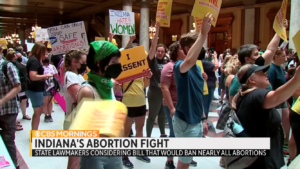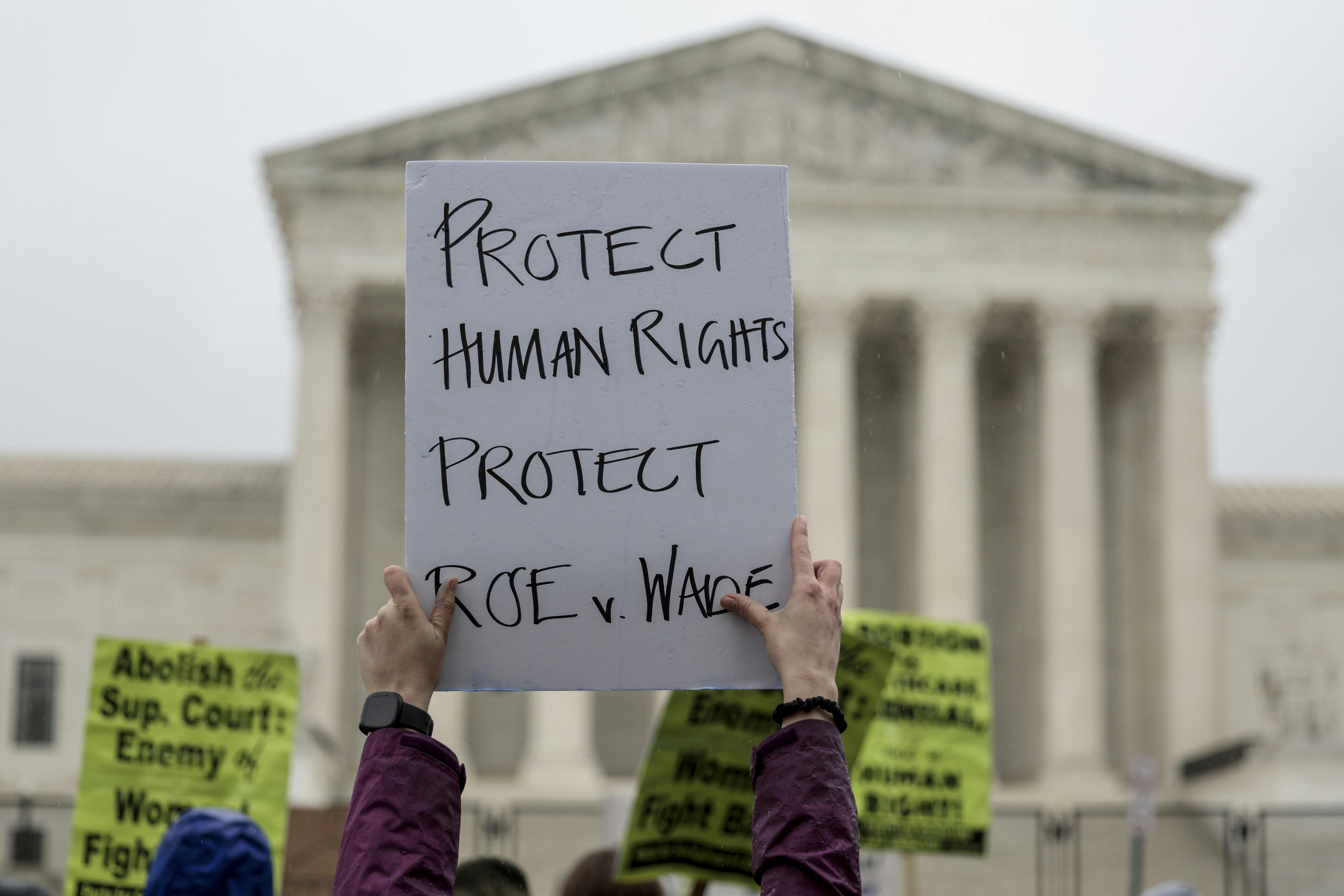Tomorrow, the Supreme Court will hear oral arguments in two cases that could end America’s experiment with affirmative action in higher education. The challenges to the admissions programs at Harvard and at the University of North Carolina at Chapel Hill—both brought by Students for Fair Admissions, a coalition of unnamed students assembled by the conservative legal strategist Edward Blum—argue that the institutions discriminate against Asian American students, and that eliminating the use of race in admissions would fix the problem.
Lower courts have rejected SFFA’s arguments, leaning on more than 40 years of precedent that says the use of race in admissions is permissible in narrow circumstances. “Harvard has demonstrated that no workable and available race-neutral alternatives would allow it to achieve a diverse student body while still maintaining its standards for academic excellence,” Judge Allison Burroughs wrote in her 2019 opinion. But SFFA pressed on, and now the case sits before a conservative Supreme Court that has shown a willingness to overturn well-established precedents.
[Richard D. Kahlenberg: The affirmative action that colleges really need]
In her new book, Is Affirmative Action Fair? The Myth of Equity in College Admissions, Natasha Warikoo, a sociologist at Tufts University who has spent years examining race-conscious admissions, assesses the positions of those for and against affirmative action, and argues that we’re asking the wrong questions about how students get into college. By exalting merit, Warikoo warns, Americans have developed a skewed perception of the process—a perception that leads to challenges such as the one before the Court.
I spoke with Warikoo about her book, the Supreme Court hearing, and how we can better understand admissions.
This conversation has been edited for length and clarity.
Adam Harris: You write, “When we recognize the diverse goals that universities attempt to address through college admissions, it becomes clear that admission is not a certification of individual merit, or deservingness, nor was it ever meant to be.” Can you expand on that idea? Where do we have flaws in our understanding of college admissions?
Natasha Warikoo: In the past, it was like “We want to have a bar.” You had to have some demonstration that you could handle the work that we’re going to give you. And some of that was exclusionary. It was like “Can you pass the Latin test?” Well, most schools didn’t teach kids Latin, so it’s not that that was fair—it was “You’re going to be doing Latin; do you know Latin?”
But now, when we’re talking about super-selective places—there are more than 200 of them, so not just the Ivies, but also not most colleges—they have so many different interests that are playing into who they’re admitting. You’ve got the sports coaches who are trying to get their recruits; you’ve got the development office that gives a list and says, “These people have done a lot for this university—make sure you take a close look at that”; there’s the humanities departments who want to make sure there are people interested in the humanities, not just in STEM; the orchestra’s bassoon player may have graduated, and now the orchestra needs a bassoon player. So, there are all these different things that are going on, and the admissions office is trying to fulfill all these different interests and needs.
But ordinary people treat admissions as, you know, they’re lining people up from best to worst and taking the top ones, and if one of these says they’re not coming, then they take the next person. Well, that’s not how it works. They’re fulfilling organizational needs and desires. But somehow, we treat it as a prize—and whoever is most deserving gets in.
Harris: That plays into the broader idea in America around merit, and the way that we’ve oriented our society around merit. How do merit and the idea of fairness work together to give us the wrong idea about admission systems?
Warikoo: In all of these international surveys, when you look at respondents’ belief about whether people should be rewarded for merit over other things, Americans are much more likely to say yes than people in most other countries. A lot of modern societies believe in these ideas of meritocracy, but the United States is especially attached to the idea. We have this belief that some people are deserving—and the unspoken idea that some are undeserving. And there’s a sense of entitlement, like I did all of these things; I deserve a spot at these places.
But we should stop treating college admissions as if everybody is on an equal playing field and that the person who is the smartest, the most hardworking, the one with the most grit, is the one getting in. Instead of arguing about how affirmative action goes against our ideas of meritocracy, we should look at what colleges are actually trying to do.
Harris: Well, let’s talk about affirmative action. How has it been viewed since Justice Lewis Powell accepted the diversity rationale in the Regents of the University of California v. Bakke case in 1978?
Warikoo: There’s a whole industry of research that develops after that decision to really try to dig into the impact of a diverse learning environment: What is the impact of having a roommate of a different race, going to a college that is diverse, being in a class with students who are a different race? And this research shows all these benefits: Groups make better decisions; students have more intellectual engagement; they improve their racial attitudes. There are even some findings that show a positive impact on civic engagement down the line. A student may not even have a diverse set of friends, but if they’re on a diverse campus, there seems to be some kind of impact.
So, all of this research shows these positive effects, and those data have been used in subsequent court cases defending affirmative action. But in the public conversation, many people recognize that it’s also an equity issue.
Harris: In 2003, Justice Sandra Day O’Connor said the Court expects that 25 years from now, the use of racial preferences will no longer be necessary. And that’s what a lot of opponents of affirmative action say now: It may have been justified in the past, but it’s no longer necessary—and if we need something, we might be able to find a proxy. Are there proxies for race in admissions?
Warikoo: The legal requirement is that when you’re using these suspect categories such as race in a policy, you have to show that there’s no other way that you could do things instead. And it’s pretty clear that there’s no good stand-in for race. We can use class, and class is important. But I don’t see these as either-or. The Georgetown law professor Sheryll Cashin has looked at zip code as a stand-in, and it’s pretty clear that such an approach is not going to have an impact on the numbers of underrepresented minority students on campus. Because, you know, the overwhelming majority of people in the United States today are white. The majority of people who are poor in this country are white. So you’re not really going to racially diversify by looking at class.
Colleges have tried different things, such as the Texas “10 percent plan.” The research suggests that these other ideas are somewhat helpful, but the problem has been that graduation rates can go down when you’re just using a percent plan. And it’s not a stand-in for race-based affirmative action.
We can look at the data from the states that have banned affirmative action to understand that they have not figured out a stand-in. We see declines in every state, year on year, of the number of underrepresented minorities when affirmative action gets banned.
Harris: One of the through lines in the book is the purpose of higher education. What can colleges do better to be more honest about their goals?
[From the September 2021 issue: This is the end of affirmative action]
Warikoo: One is being careful about how they talk about admissions. And when you dig into their language, many schools say that they’re looking to build a class, and that everyone makes a unique contribution. But they’re still publishing acceptance rates. There are so many ways in which the language they use buys into this idea that they are a place of excellence. This is the best class ever, you’re told when you’re a freshman.
When you have these elite colleges in which the student body comes from more resourced families than the average across 18 year-olds, it’s not just the best of the best. Your family’s resources play a role—whether you have parents who went to college, whether you grew up in certain neighborhoods or went to certain schools. Two-thirds of American adults don’t have a bachelor’s degree.
But I keep coming back to the question of What are we trying to do here? Our spending in the U.S. on higher education is regressive. The most elite colleges accept students who are the highest achieving and most resourced. But who needs the most support? When you look at what community colleges are doing in terms of social mobility, they blow places like Harvard and Tufts out of the water. Colleges should think much more about the role they want to play in our society, and how they should align admissions to those goals.
Harris: As I got toward the end of the book, where you talk about solutions, a couple of things really stuck out: the sort of anti-inclusive instinct that a lot of institutions have in terms of increasing their enrollment, where they don’t want to increase enrollment because that may upset alumni who attach value to the selectiveness of their institution. Or, if there were an admission lottery, families of high achievers may be frustrated. And my takeaway was: There’s really nothing the institutions may be able to do that is going to make everyone happy, so maybe they should just do what’s just.
Warikoo: Yes. There are so many more amazing 18-year-olds in our country—deserving, hardworking, ambitious, smart, whatever superlative you want to use—than there is space for them at Harvard, at UNC, at any given school.
But we have to stop acting like you deserve it and you don’t deserve it. It’s not about who deserves it. And that’s why I talk about a lottery system, because it implies you don’t deserve this more than anyone else—you got lucky. It already is luck: that your parents could afford to buy a house near a school that had a college counselor, or you had a tutor who could help you with your essay, or you went to a school with a crew team and you got recruited for crew—all kinds of things. It is luck. Why not call it what it is?









 This 1970s Bauhaus-Inspired Munich apartment which is completely round shaped, by the way was transformed into a pastel-colored, Memphis-inspired home filled with vintage gems, modern finds, and custom-made furniture designed by the homeowner.
This 1970s Bauhaus-Inspired Munich apartment which is completely round shaped, by the way was transformed into a pastel-colored, Memphis-inspired home filled with vintage gems, modern finds, and custom-made furniture designed by the homeowner.






























 Yes, it comes with a conversation pit.
Yes, it comes with a conversation pit.
 A comforting yet elegant blend of cheese, eggs, and spinach.
A comforting yet elegant blend of cheese, eggs, and spinach.
 You'll want to eat it every night.
You'll want to eat it every night.
 Move over, Thin Mints!
Move over, Thin Mints!